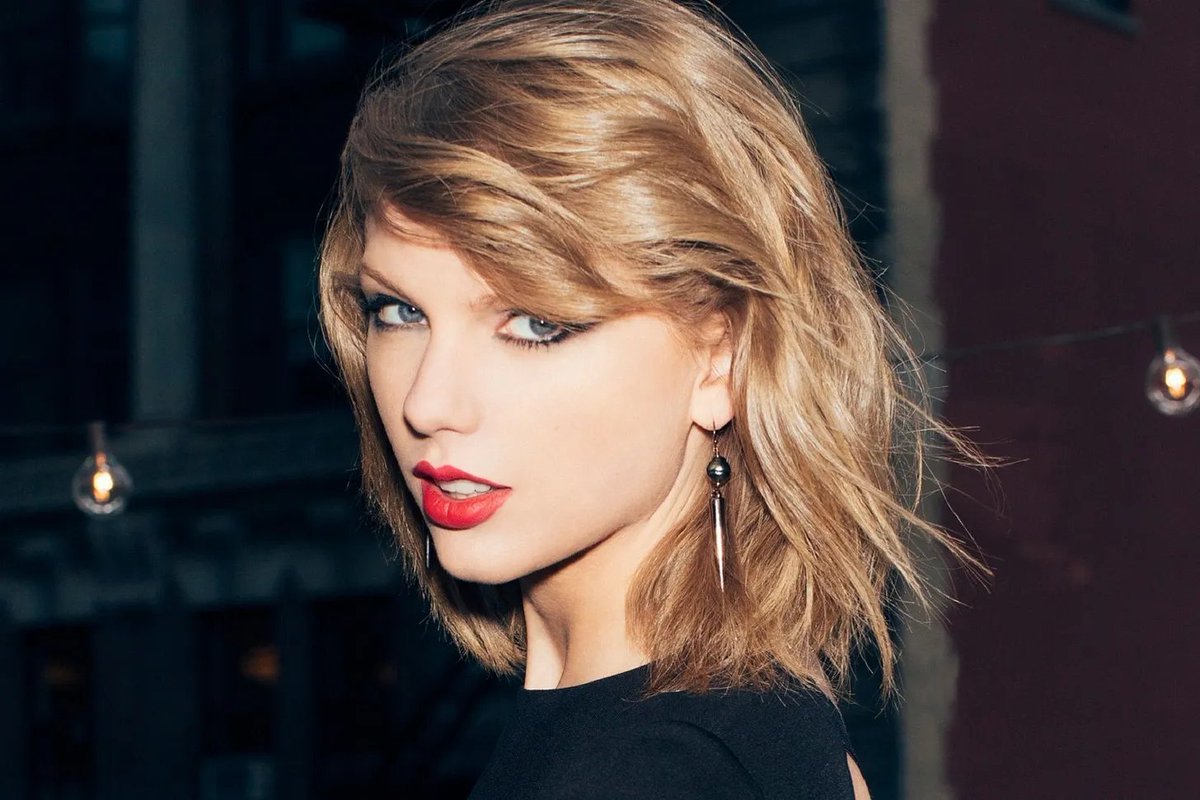1/ Bilibili is one of the most fascinating startups in China. What other company acquires new users by having 1,500 drones form a giant QR code in the Shanghai sky?
Here's what makes Bilibili so innovative 👇
Here's what makes Bilibili so innovative 👇

2/ Bilibili is a hub for online communities.
Bilibili started as a place for anime enthusiasts, but has since expanded to music, dance, science, film, fashion, and more.
Communities are deeply-engaged. Here, girls dress up as the Bilibili mascot.
Bilibili started as a place for anime enthusiasts, but has since expanded to music, dance, science, film, fashion, and more.
Communities are deeply-engaged. Here, girls dress up as the Bilibili mascot.

3/ Bilibili makes sure its communities stay engaged by requiring members to pass a 100-question exam to enter a community.
A sample question to join the Harry Potter community is "How many horcruxes did Voldemort have?"
(Any self-respecting fan will know the answer is 7.)
A sample question to join the Harry Potter community is "How many horcruxes did Voldemort have?"
(Any self-respecting fan will know the answer is 7.)
4/ By building *friction* into its communities, Bilibili ensures best-in-class engagement and retention.
~85%+ of members retain after 12 months.
~85%+ of members retain after 12 months.

5/ Bilibili's most interesting feature—and one that I think we'll see replicated in the West—is bullet commentary.
When you watch content on Bilibili, you see time-stamped comments from other members of the community overlaid on your screen.
When you watch content on Bilibili, you see time-stamped comments from other members of the community overlaid on your screen.

6/ Bullet commentary makes you feel part of the community—like you're watching with friends.
I like how @lillianmli puts it: “The feeling from watching a video with bullet commentary is one of tapping into the hive mind, or sitting in a rambunctious movie theatre."
I like how @lillianmli puts it: “The feeling from watching a video with bullet commentary is one of tapping into the hive mind, or sitting in a rambunctious movie theatre."

7/ Anyone who has read YouTube comments will be familiar with comments like “2:43 had me in tears” or “0:43 my jaw dropped”.
Bullet commentary takes that concept and integrates it directly into content.
Bullet commentary takes that concept and integrates it directly into content.
8/ TikTok succeeded in part because our attention spans are fragmented.
Bullet commentary is the next iteration. It's the equivalent of scrolling your phone while watching Netflix, or reading live tweets while watching a sports game.
Bullet commentary is the next iteration. It's the equivalent of scrolling your phone while watching Netflix, or reading live tweets while watching a sports game.
9/ Bilibili has leveraged its innovative features like friction-based communities and bullet commentary to become a massive business: 200M+ monthly active users spend 75 minutes a day on the site. 80%+ of users are Gen Zs and Millennials. 

10/ And like many Chinese internet companies, Bilibili has diversified revenue streams: ads, gaming, commerce, value-added services (VAS) like memberships and micropayments.
VAS, in particular, is a key piece of Bilibili's growth. We'll see more Western startups turn to VAS.

VAS, in particular, is a key piece of Bilibili's growth. We'll see more Western startups turn to VAS.


11/ Earlier this year, Bilibili launched 1,500 drones into the Shanghai night sky to form characters from its hit game Princess Connect. The company's marketing is savvy & creative. 



12/ The 1,500 drones then formed a QR code in the sky. The QR code was actually scannable, driving users to download the game. 

13/ Today, Bilibili has a $35B market cap. To read more in depth about the company, check out great pieces from @kevg1412 and @lillianmli
djyresearch.com/2021/03/30/det…
lillianli.substack.com/p/an-introduct…
djyresearch.com/2021/03/18/bil…
djyresearch.com/2021/03/30/det…
lillianli.substack.com/p/an-introduct…
djyresearch.com/2021/03/18/bil…
14/ To recap, Bilibili:
– Embeds friction in community to drive engagement
– Uses bullet comments to make users feel included
– Monetizes in diverse ways
– Has next-level marketing (drones in the sky!)
Bilibili innovates on the trifecta of product, business model, & marketing.
– Embeds friction in community to drive engagement
– Uses bullet comments to make users feel included
– Monetizes in diverse ways
– Has next-level marketing (drones in the sky!)
Bilibili innovates on the trifecta of product, business model, & marketing.

• • •
Missing some Tweet in this thread? You can try to
force a refresh


















